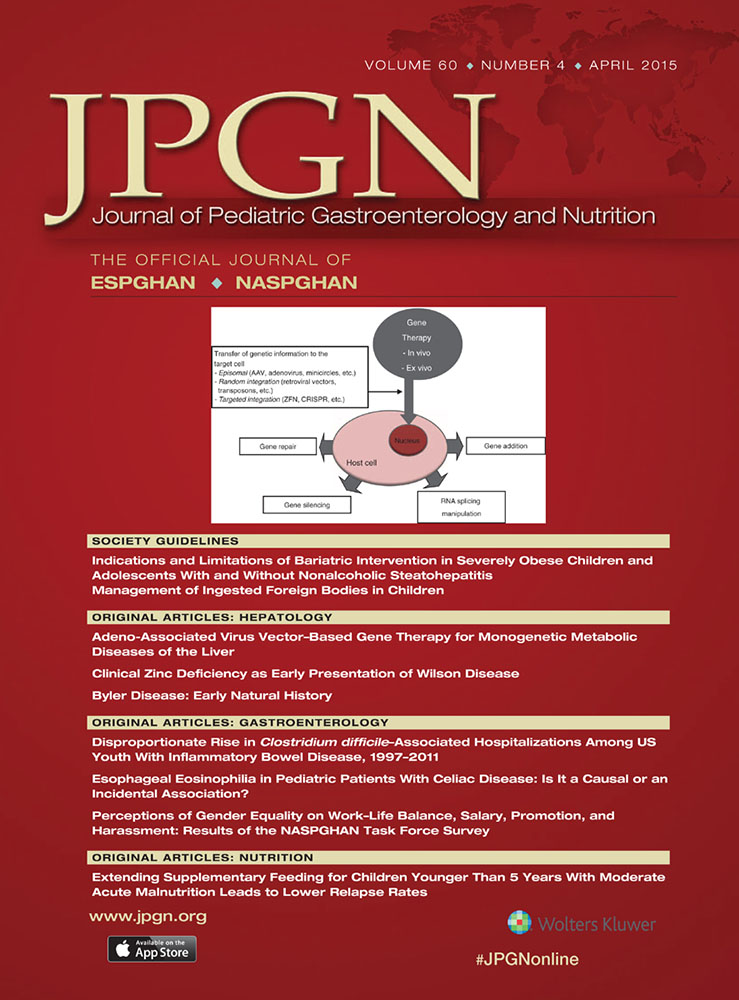Glucose Hydrogen Breath Test for Small Intestinal Bacterial Overgrowth in Children With Abdominal Pain–Related Functional Gastrointestinal Disorders
The authors report no conflicts of interest.
ABSTRACT
Objectives:
A potential link between small intestinal bacterial overgrowth (SIBO) and abdominal pain–related functional gastrointestinal disorders (AP-FGID) has been suggested by symptom similarities and by the reported prevalence of SIBO in children with irritable bowel syndrome (IBS) and functional AP. The aim of this study is to evaluate the prevalence of SIBO using the glucose hydrogen breath test (GHBT), in a cohort of Dutch children with AP-FGID fulfilling the Rome III criteria, and to identify potential predictors.
Methods:
Children ages 6 to 18 years with AP-FGID fulfilling the Rome III criteria were included. All of the children underwent a GHBT. SIBO was diagnosed if the fasting breath hydrogen concentration was ≥20 ppm or an increase in H2 levels of ≥12 ppm above the baseline value was measured after ingestion of glucose. Gastrointestinal symptoms were collected using a standardised AP questionnaire.
Results:
A total of 161 Dutch children with AP-FGID were enrolled. Twenty-three patients (14.3%) were diagnosed as having SIBO, as assessed by GHBT; 78% of the children diagnosed as having SIBO had fasting hydrogen levels ≥20 ppm. IBS was significantly more found in children with SIBO compared with children without SIBO (P = 0.001). An altered defecation pattern (ie, change in frequency or form of stool) (P = 0.013), loss of appetite (P = 0.007), and belching (P = 0.023) were significantly more found in children with SIBO compared with those without SIBO.
Conclusions:
SIBO is present in 14.3% of children presenting with AP-FGID. IBS, altered defecation pattern, loss of appetite, and belching were predictors for SIBO in children with AP-FGID.




